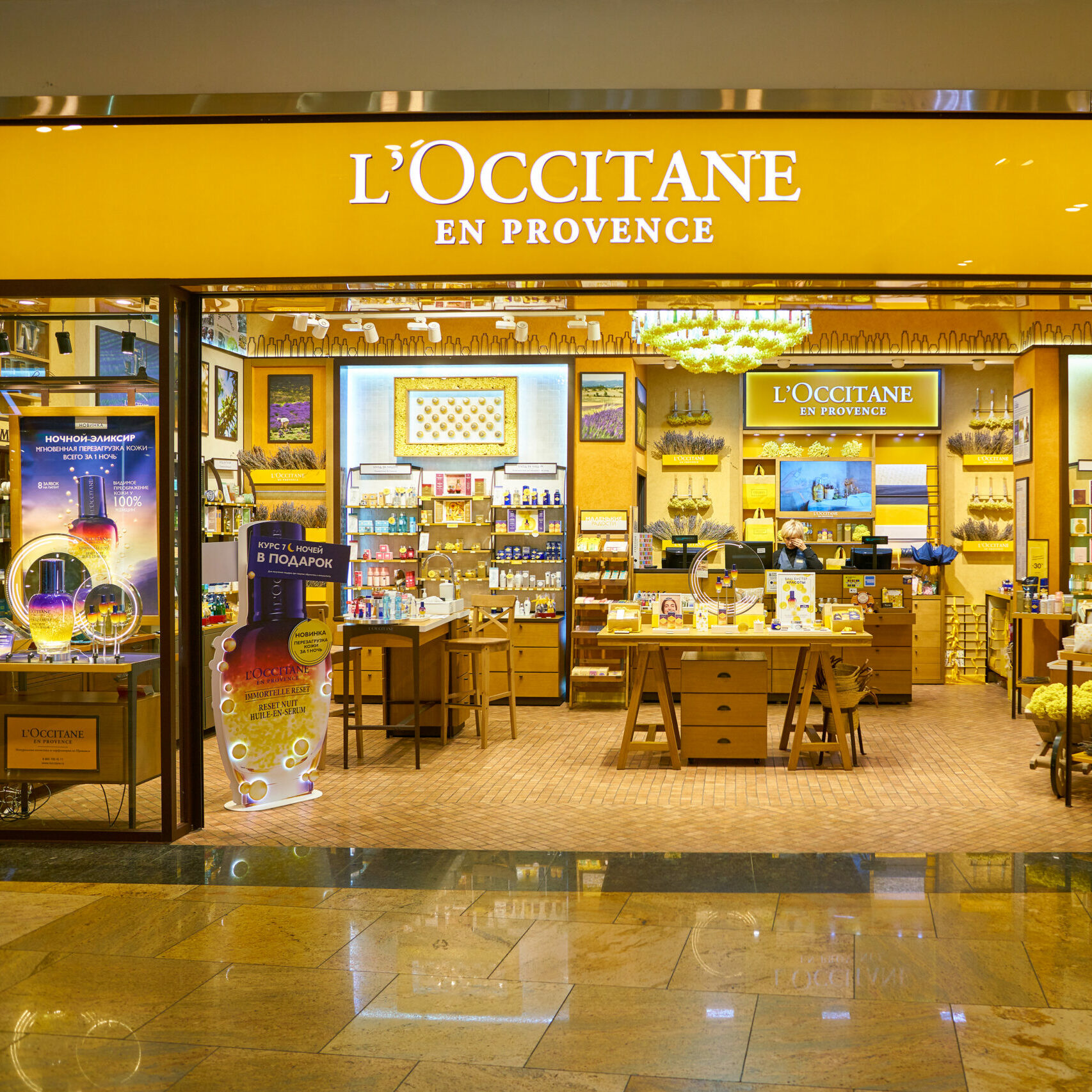By Simon Gray – A debate is underway in Luxembourg about whether this civil law country, already a major European hub for private equity acquisition and transaction vehicles, should wholeheartedly embrace the Anglo-Saxon common law concept of the limited partnership in order to seize a larger share of the global market for fund vehicles.
At the centre of the discussions is the Société en Commandite Simple (Secs), a pass-through vehicle, with the objective to create a limited partnership on the model of the UK partnership. An industry working group is examining whether this structure could be adapted to create a UK-style limited partnership in order to attract more fundraising vehicles to Luxembourg, especially from top-tier private equity houses.
“For a number of years, a group of Luxembourg lawyers have been trying to develop an Anglo-Saxon limited partnership structure inside a Sicav,” says Justin Partington, commercial director of private equity administrator Ipes. “The aim is to create a very flexible structure tailored to the specific terms of the fund and the product that would help Luxembourg compete a bit more with some of the Anglo-Saxon jurisdictions.”
Partington acknowledges that trying to shoehorn a piece of common law into a civil law structure is not particularly easy, but says the absence of the kind of limited partnership structure managers are used to represents one of the obstacles to the development of the private equity industry in Luxembourg. He adds: “It’s quite a useful structure in that it deals with double taxation and tax issues. Basically only the end-investor pays tax, rather than the structure paying tax in three or four different places and then trying to get rebates.”
Yves Courtois, head of private equity and corporate finance at KPMG Luxembourg, stresses that this idea is still very much at the stage of discussion among lawyers and that it is still a long way from the drafting of legislation. “I can’t say at the moment whether it will actually be called a partnership, but the aim is to better align the Secs with the UK partnership, creating an alternative proposition for the global industry,” he says.
“It’s not only that the big private equity houses are familiar and comfortable working with the UK partnership structure, but also many Anglo-Saxon-type institutional investors. In fact, a Luxembourg vehicle that is very similar to the UK partnership is already available. However, the Société en Commandite par Actions (company limited by shares, or SCA) is in an incorporated form and isn’t called a partnership. That may be a reason why few unregulated vehicles have been established here.”
Alain Kinsch, partner and head of private equity at Ernst & Young, points out that although Luxembourg has a continental European legal system it is inspired in many areas by Anglo-Saxon law, which in a lot of areas has been absorbed into Luxembourg law. He says: “You can do exactly the same with a Luxembourg Secs as with the English partnership, it is just that it has never been marketed in the same way.
“There are still certain points that need to be improved, and there are even proposals to create a completely new regime exactly like the UK one. You could do exactly the same with a few changes to the existing law, but obviously that wouldn’t carry the history and experience of the UK structure.”
Vincent Lebrun, tax partner and private equity industry leader at PwC, is a strong advocate of going the whole way and reproducing the limited partnership in Luxembourg law, arguing that anything less will fail to attract private equity firms and industry gatekeepers who might otherwise see the grand duchy as the ideal solution to satisfy investors demanding a more regulated environment.
“For Luxembourg to become a hub for private equity funds, and to convince established fund managers to domicile their next fund or part of the structure here, we need to create the partnership concept,” he says. “Partnership structures are what the big private equity firms are used to. I don’t think they will bother to look for a solution with our existing vehicles; they want to be able to do a sort of cut-and-paste of their existing funds into Luxembourg.
“It is something that would be easy to implement in Luxembourg – it’s just a question of drafting a law of a couple of lines and putting whatever you want into it. Otherwise the London law firms who always do the fund structuring work will say that if it’s not a pure partnership, it is somewhat different, even if we are fairly close to it, and they will be reluctant to promote or sell a Luxembourg non-partnership structure.”
Lebrun insists this reasoning applies to the top international private equity houses and not to start-up, small and medium-sized firms to whom Luxembourg appeals strongly. “They are less concerned about going into less familiar structures and they like the country’s lightly regulated funds because it helps to give them credibility with investors,” he says. “The latter would be more comfortable investing in a regulated vehicle than in a small fund from a brand-new general partner in an offshore environment where there is almost no regulation or transparency.”
He notes that at least one major private equity house has considered setting up a fund in Luxembourg but eventually decided on Malta, whose legal system made it possible to replicate the same kind of structure the firm had previously established in offshore jurisdictions. “They had a vehicle that was almost exactly the same as what they had in the past except that it was no longer offshore but onshore, within the EU,” Lebrun says. “So to play a leading role in the industry, Luxembourg has to amend its legislation to allow the incorporation of partnerships.”
Although initial discussions have focused on the revision of the Secs, Lebrun says: “I would never bother to try to adapt existing vehicles but rather come up with something brand-new. It would have the maximum marketing impact, and also if we offer something that has been adapted that is not 100 per cent identical to a partnership, international law firms and private equity houses will always find some reason why they should not go to Luxembourg.”
He stresses that in other respects, the private equity industry is doing extremely well. “A large number of small and medium-sized firms are creating funds, while on the acquisition side we may not be back to the same level of transactions seen up to 2007, more private equity houses are using Luxembourg rather than other jurisdictions because it is more predictable and secure in terms of the tax and legal regime,” Lebrun says.
“The fact that we have so many acquisition vehicles means that with a partnership vehicle, Luxembourg would be able to provide a full range of fund solutions as well as investment and acquisition structures. Being able to offer everything in one country would be really powerful, and if we would attract one of the global private equity houses to set up a fund here, others could well follow.”
In the meantime, industry professionals note that although the risk capital investment company or Sicar was explicitly created in 2004 as a private equity and venture capital fund vehicle, to some degree it has been eclipsed by the Specialised Investment Fund, which caters to a much broader range of alternative investment strategies; more than 1,000 have been launched since the SIF legislation was enacted on February 13, 2007.
Two years ago the Sicar legislation was amended to give it some of the same characteristics as the SIF, notably the ability to create multi-compartment umbrella structures, but it does not seem to have done much to spur take-up. “At the end of August 2010 there were 230 Sicars, and the number had risen to 245 by April this year,” says Partington. “By contrast we see a lot more interest in SIFs, whose number has grown by more than 20 per cent over the past year, as private equity vehicles.”
Kinsch says: “The SIF has been used extensively for private equity, but it’s difficult to say whether one is more successful than the other. Only about 50 SIFs focus on private equity, compared with nearly 250 Sicars. The SIF can be more interesting if you have a broader investment focus, involving not only private equity but cash and equivalent instruments, as well as perhaps infrastructure or real estate.
“The other point is that the SIF is a fund, which pays no taxes apart from a subscription tax of one basis point. However, it cannot benefit from many of Luxembourg’s double taxation treaties, whereas the Sicar, being a normal company, can take advantage of these treaties, but it pays normal taxes except on investment securities – for example any interest income derived from cash sitting in a bank account is fully taxable. So it requires a great deal of analysis to determine which is the more attractive.”
Lebrun adds: “There are fewer restrictions with the SIF in terms of the type of investment, whereas the Sicar is a pure venture capital or private equity vehicle. Every time you make a transaction you have to be sure that you fall within the scope, but with the SIF you don’t really need to bother about that. Secondly, the Sicar is rather a strange animal, somewhere between a true fund and a company, and some investors and fund promoters are not very comfortable with that concept.”
However, Courtois insists that the Sicar remains “an attractive proposition for pure play private equity managers focused on leveraged buyouts, mezzanine or venture capital that you would not expect to venture outside their area of expertise. It is also noteworthy that many Sicars are also used as vehicles for cross-border structuring or acquisitions – they are not exclusively used for fundraising.”
Industry professionals say that an important gauge of the development of activity in Luxembourg is the movement by leading global private equity houses to set up administration operations in the grand duchy, the inflow in recent years of specialist administration firms, especially from the Channel Islands, firms that are adding the servicing of regulated vehicles to their existing expertise with unregulated structures, and consolidation among service providers in the marketplace, although some of these trends have been slowed by the broader economic difficulties over the past four years that have affected the private equity sector.
The roster of international private equity houses using Luxembourg as a centre to structure and administer their cross-border investments now includes firms such as Cinven, BC Partners, 3i, Candover, EQT, IK Investment Partners, KKR and Carlyle, notes Ray Krawczykowski, international tax partner and private equity industry leader at Deloitte. “So many of the big players have already set up operations in Luxembourg that the scope for future growth is limited,” he says, “although we are also seeing some smaller firms such as a group of former Macquarie partners.”
Meanwhile the country’s skill base is being strengthened by the building up of local expertise by firms, many of them from Jersey and Guernsey, which have established a Luxembourg presence over the past couple of years, and consolidation among existing providers.
“There is now a strong quality focus,” Krawczykowski says. “For example, now Mourant’s fund administration business has been taken over by State Street there is an additional layer of resources. Alter Domus is growing very fast and acquired Fideos in April. We have some strong names here wearing a double hat – not only servicing non-regulated entities but obtaining authorisation from the CSSF [the Financial Sector Supervisory Commission, the Luxembourg industry regulator] to administer regulated entities.”
Courtois notes: “A number of trust businesses that were probably catering for unregulated structures are now venturing into the lightly regulated space, providing administration to SIFs and Sicars, for the first time. In the very challenging fundraising environment, and with regulatory pressures looming large with Fatca and Dodd-Frank as well as the AIFM Directive, Luxembourg’s playing of the card of lightly regulated funds has positioned it ideally in the market for the long-term.”
One issue facing non-EU private equity houses in the future is that if they want to target European investors, they will need to submit to regulation in a “member state of reference”. Says Kinsch: “A US private equity house will have to decide whether they want to be regulated by BaFin in Germany, the new regulator in London, or the CSSF in Luxembourg. The CSSF has a reputation for being pragmatic and business-friendly, and fairly quick.”
Without going as far as regulatory arbitrage, he suggests, the supervisory approach could to a certain extent become a competitive advantage among financial centres. Kinsch singles out for praise the CSSF’s decision to set up a dedicated private equity department: “Even junior staff will devote 100 per cent of their time to private equity, whereas in other jurisdictions regulatory personnel may be working on a hedge fund in the morning, property in the afternoon and private equity in the evening. Building up specialist expertise can only help Luxembourg’s regulators to do a better job.”
But especially from the perspective of the biggest private equity houses, there is often as much complementarity as competition between jurisdictions. Luxembourg and the Channel Islands are a good example, and not only because many service providers are active in all three territories. William Webbe, the Jersey-based director of the corporate services division for Deutsche Bank International’s trust and securities services, believes that firms will continue to see benefits from structures containing entities in various different jurisdictions.
“That is set to continue for the coming years until we get complete clarity around the AIFM Directive, regarding closed-ended fund structures, as private equity funds tend to be,” he says. “The issue of raising new monies for funds from European investors isn’t quite as critical with closed-ended fund structures as it might become in the future. I think we will continue to see Channel Islands funds being established with underlying Luxembourg SPVs as holding companies – they sit well together.”
Please click here to download a copy of the Private Equity Wire Special Report: Luxembourg Private Equity Services 2011






